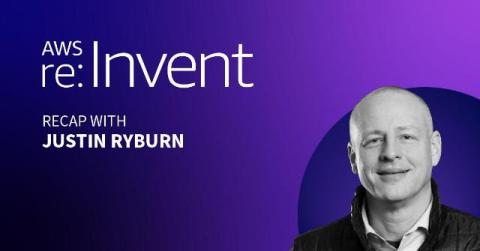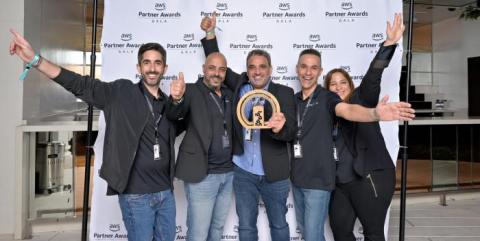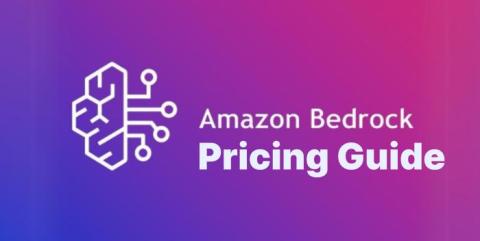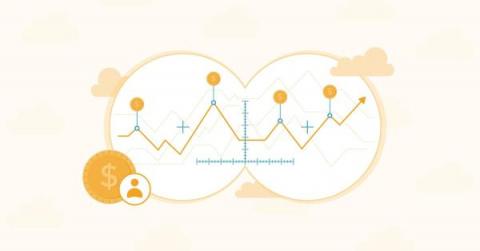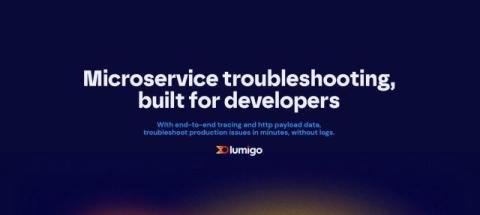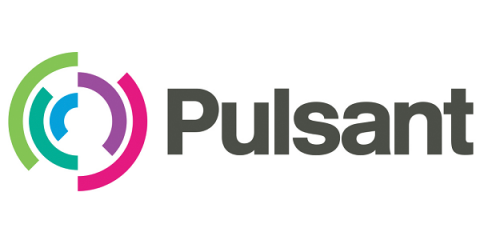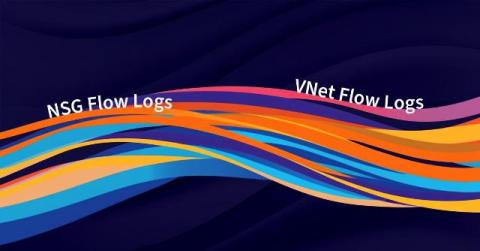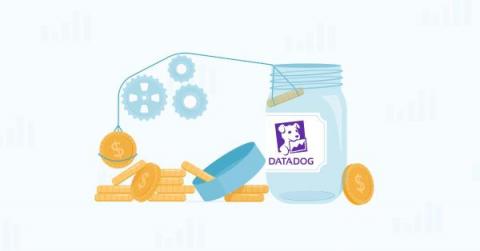AWS re:Invent 2024: A Week of Innovation and Excitement
AWS re:Invent 2024 brought together a record-breaking 80,000 attendees in Las Vegas to explore the latest innovations in cloud computing, from generative AI to sustainability. In this post, Justin Ryburn shares his key takeaways from the event, highlighting AWS’s vision for the future and the vibrant energy of the conference.


